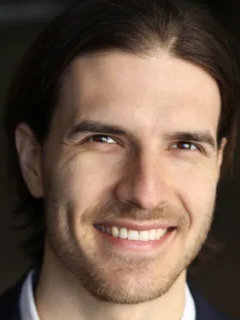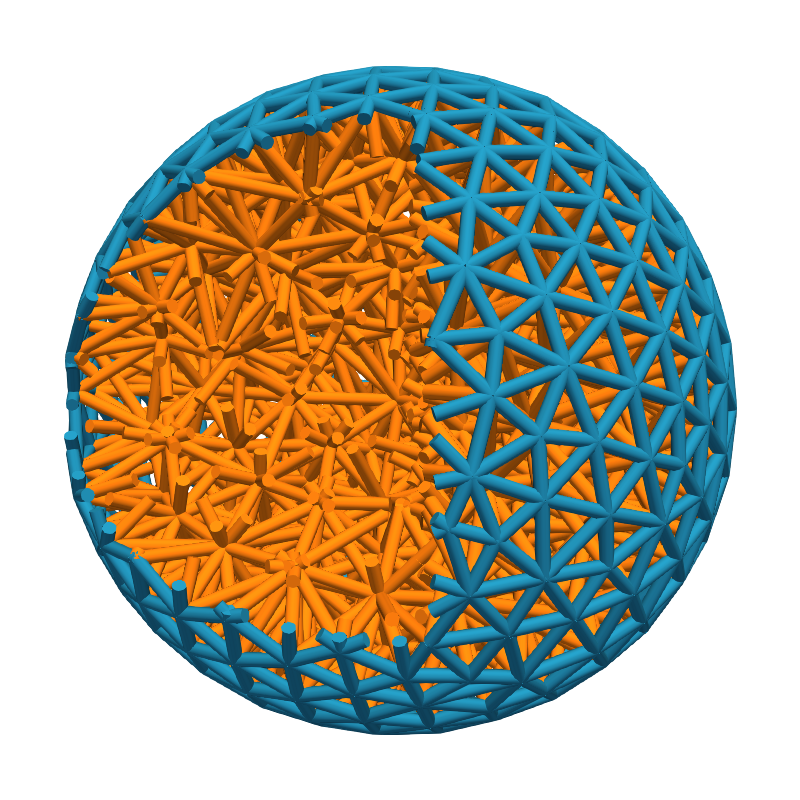Anton Souslov

Dr Anton Souslov
Associate Professor
Office: 535 Mott Bld
Email: as3546 @ cam.ac.uk
Personal web site
TCM Group, Cavendish Laboratory
19 JJ Thomson Avenue,
Cambridge, CB3 0HE UK.

Research
We are interested in modelling the mechanics of soft materials and designing new states of matter. Our interests include:
- elasticity and patterns in active solids,
- viscoelastic aerosols,
- topological states in mechanics and fiber optics.
We develop theories of active and shape-changing materials by including motors side-by-side with elastic elements. These materials display exotic patterns and elasticity. Our goals are to design new active mechanical metamaterials and to understand the mechanics of naturally occurring biological matter.

In Plain English
New materials underpin technological progress. One class of novel materials recently developed in the lab, which we aim to theoretically understand and design, is called active matter. In an active material, components use energy to move themselves and perform useful work on their environment. These materials are broadly present in the natural world, from bacterial colonies to tissues, and we are often inspired by these biological realizations to create new synthetic matter.
More generally, materials in which large-scale consituents are used to design novel properties are dubbed metamaterials. In these materials, signals (including light, sound, and vibrations) can be controlled in a more precise way compared to a simple, atomic or molecular, material. We aim to design metamaterials with new properties, which push the limits of what is physically possible. One useful design principle for new metamaterials is topology, which deals with properties that remain invariant under continuous change.
A recent area of interest is optical fiber. Fiber optic cables carry light over vast distances. We aim to design new types of fiber, potentially useful for quantum technologies, by structuring the fiber cross-section with many cores. In these structures, principles of condensed matter, including topological physics, can be used to create new states of light.
Another area where we aim to apply ideas from soft matter is aerosol science. Aerosol droplets are around the size of a micron, and are often composed of viscoelastic soft materials. These droplets can be generated through splashing or breathing, and interact in complex ways with their environment, including surfaces and other droplets.
Featured Publications
Click here for a full list.- Modeling Leidenfrost levitation of soft elastic solids. Physical Review Letters 131 168201 (2023)
- Topological supermodes in photonic crystal fibre. Science Advances 8 add3522 (2022)
- Topological active matter. Nature Reviews Physics 4 380 (2022)
- Mechanical properties of acoustically levitated granular rafts. Physical Review X 12 021017 (2022)
- Active elastocapillarity in soft solids with negative surface tension. Science Advances 8 abk3079 (2022)